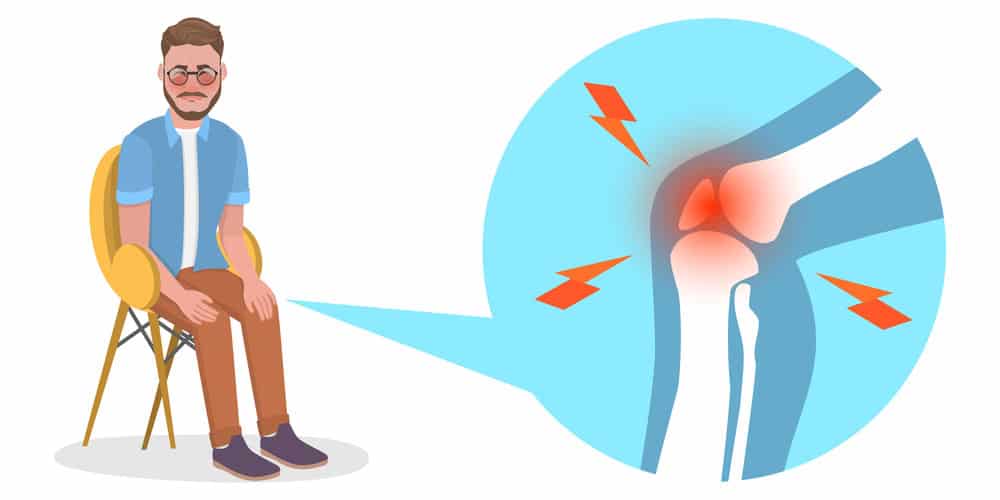Also known as the Posterior cruciate ligament, PCL is one of the four major ligaments in the knee. It helps stabilize the knee and prevents it from hyperextending.
A torn PCL is a relatively common knee injury, particularly in athletes who participate in contact sports such as football or rugby. It can also occur due to a fall or car accident. It can be tricky to understand the laws if you believe another person’s carelessness caused your PCL injury. This is why choosing an experienced lawyer for your PCL injury is essential. More on this later in the article.
Symptoms of a Torn PCL
While PCL injuries are not always symptomatic, there are some tell-tale signs of something wrong. If you experience any of the following after sustaining a blow to the knee, it’s time to see a doctor:
Knee Pain
Knee pain can range from a dull ache to sharp, shooting pain. It is often worse when you bend your knee, walk upstairs, or sit for long periods.
Knee Swelling
If your knee is swollen, it may be challenging to move it. The swelling can also make your knee feel warm to the touch.
Knee Instability
If you have a torn PCL, you may feel like your knee is slipping or collapsing. This can make it difficult to walk or stand on your knees.
Joint Stiffness
Joint stiffness is a common symptom of a PCL injury. You may find it difficult to straighten or bend your knee fully.
Knee Weakness
With a torn PCL, you may feel like your knee is weak or unstable. This can make it difficult to walk or stand on your knees.
Popping or Snapping Sensation
You may feel a popping or snapping sensation in your knee when you injure your PCL. A feeling of instability or weakness often follows this.
Limited Range of Motion
If you have a torn PCL, you may find it difficult to straighten or bend your knee fully. This can make it difficult to walk or climb stairs.
Knee Dislocation
In some cases, a torn PCL can cause the knee to dislocate. This is a severe injury that requires immediate medical attention.
Available Diagnosis For PCL Tear
While X-rays can sometimes show evidence of a PCL tear, they are not always accurate. MRI is the best diagnostic tool for PCL injuries. An MRI can show the tear’s location, size, and severity.
Other diagnoses include:
- Arthroscopy: This is a minimally invasive surgery that can be used to diagnose and treat PCL injuries.
- CT scan: A CT scan can sometimes be used to diagnose a PCL injury.
- Bone scan: A bone scan may rule out other injuries, such as a stress fracture.
- Ultrasound: Ultrasound may be used to diagnose a PCL injury, but it is not as accurate as MRI.
Benefits of Hiring a Personal Injury Lawyer
It makes sense to hire a personal injury lawyer if you’ve been injured due to the negligence of another party. While you may be able to handle the claim on your own, there are several benefits to working with an experienced attorney.
Firstly, a lawyer can help you navigate the complex legal system, ensure all deadlines are met and gather evidence to support your claim. Additionally, they can help you maximize the value of your claim and negotiate with the insurance company on your behalf.
If you’ve suffered a severe injury, such as a PCL tear, hiring a personal injury lawyer can make a significant difference in the outcome of your case.
Final Word
Understanding the symptoms, diagnosis, and treatment of a torn PCL is the first step toward getting the treatment you need. If you’ve been injured in a Lyft accident, it’s vital to seek legal help as soon as possible. An experienced personal injury lawyer can help you get the legal assistance you deserve.


